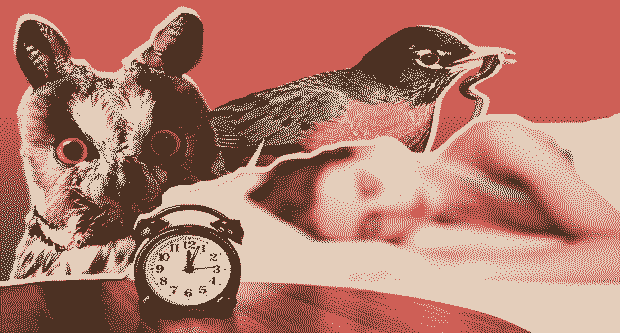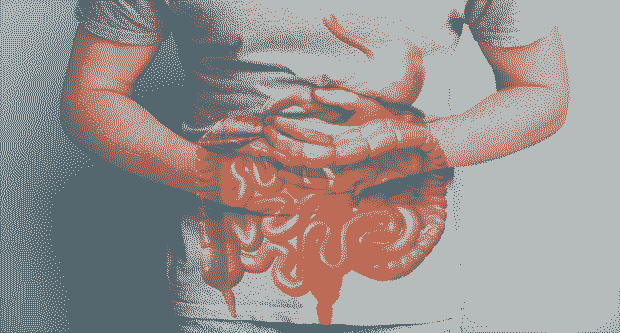Question: Can you explain me the role of sleep chronotypes in health and productivity?
Sleep chronotypes refer to an individual’s natural inclination toward the timing of sleep and wake cycles. People often describe themselves as “morning larks” or “night owls,” reflecting their preference for waking up early or staying up late, respectively. Understanding your chronotype can significantly impact your health, productivity, and overall lifestyle. This article examines the science behind sleep chronotypes, their effects on health and productivity, and strategies for optimizing your lifestyle based on your chronotype.
Understanding Sleep Chronotypes
Chronotypes are influenced by a combination of genetic, environmental, and lifestyle factors. The concept of chronotypes is rooted in the field of chronobiology, which studies biological rhythms and how they are regulated. The most common chronotypes are:
- Morning Larks: These individuals prefer to wake up early and are most alert and productive in the morning. They tend to go to bed early and often struggle to stay awake late into the evening.
- Night Owls: These individuals prefer to stay up late and are most alert and productive in the evening or at night. They typically go to bed late and find it challenging to wake up early in the morning.
- Intermediate Types: Most people fall somewhere between these two extremes, with a moderate preference for either morning or evening activities.
The Science Behind Chronotypes
Chronotypes are primarily regulated by the body’s internal clock, or circadian rhythm, which is influenced by the suprachiasmatic nucleus (SCN) in the brain. The SCN responds to external cues such as light and darkness, helping to synchronize the body’s various physiological processes, including sleep-wake cycles, hormone release, and body temperature.
Genetics play a significant role in determining chronotypes. Studies have identified several genes, such as PER3, CLOCK, and BMAL1, that influence circadian rhythms and contribute to whether a person is a morning lark or a night owl. Environmental factors, such as exposure to natural light, work schedules, and social obligations, can also affect chronotypes.
Chronotypes and Health
Understanding your chronotype can have important implications for your overall health. Here’s how different chronotypes can impact various aspects of health:
- Sleep Quality
- Morning Larks: Tend to have better sleep quality because their sleep patterns align more closely with societal norms and natural light cycles. They are less likely to suffer from sleep disorders such as insomnia or sleep apnea.
- Night Owls: Often experience poorer sleep quality due to misalignment with societal schedules, leading to sleep deprivation and increased risk of sleep disorders.
- Mental Health
- Morning Larks: Generally report better mental health, including lower levels of depression and anxiety. They tend to have more stable moods and better emotional regulation.
- Night Owls: Are at a higher risk for mental health issues such as depression and anxiety. The misalignment between their natural sleep patterns and societal demands can lead to chronic stress and mood disturbances.
- Physical Health
- Morning Larks: Often have better physical health outcomes, including lower risk of cardiovascular disease, obesity, and metabolic disorders. They are more likely to engage in regular physical activity and maintain a healthy diet.
- Night Owls: Are at an increased risk for various physical health issues, including cardiovascular disease, diabetes, and obesity. Their irregular sleep patterns and tendency to engage in unhealthy behaviors, such as late-night eating and reduced physical activity, contribute to these risks.
Chronotypes and Productivity
Chronotypes significantly impact productivity, as they influence peak performance times and energy levels throughout the day. Here’s how different chronotypes can affect productivity:
- Morning Larks
- Peak Performance: Morning larks are most productive and alert during the early hours of the day. They excel in tasks that require focus, concentration, and creativity in the morning.
- Work Schedule: Morning larks benefit from starting work early and tackling challenging tasks first thing in the morning. They may struggle with late-afternoon meetings or evening work.
- Night Owls
- Peak Performance: Night owls are most productive and alert in the late afternoon or evening. They perform better in tasks that require creativity, problem-solving, and strategic thinking later in the day.
- Work Schedule: Night owls benefit from flexible work schedules that allow them to start work later and extend into the evening. They may struggle with early-morning meetings or tasks that require early starts.
Lifestyle Adjustments Based on Chronotypes
Recognizing your chronotype can help you make lifestyle adjustments to optimize your health and productivity. Here are some strategies for both morning larks and night owls:
For Morning Larks
- Maximize Morning Hours: Schedule your most important and challenging tasks for the early hours when you are most alert and focused.
- Manage Energy Levels: Take short breaks throughout the day to maintain energy levels and prevent burnout. Consider a brief afternoon nap if your schedule allows.
- Evening Wind-Down: Create a relaxing evening routine to signal to your body that it is time to wind down. Avoid stimulating activities and limit screen time before bed.
For Night Owls
- Flexible Scheduling: If possible, negotiate a flexible work schedule that allows you to start later and work into the evening. This can help align your work hours with your natural peak performance times.
- Morning Boost: Use light therapy or bright lights in the morning to help reset your circadian rhythm and make waking up easier. Gradually advance your wake-up time to improve alignment with societal schedules.
- Healthy Evening Habits: Avoid heavy meals and caffeine late in the day. Create a pre-bedtime routine that promotes relaxation, such as reading or taking a warm bath.
Chronotypes and Work Environment
Employers can also benefit from understanding the chronotypes of their employees. By creating a flexible work environment that accommodates different chronotypes, companies can enhance overall productivity and employee satisfaction. Here are some strategies for employers:
- Flexible Work Hours: Allow employees to choose their start and end times within a certain range. This flexibility can help align work schedules with individual peak performance times.
- Remote Work Options: Offer remote work options to give employees more control over their work environment and schedule, allowing them to work during their most productive hours.
- Task Scheduling: Schedule important meetings and collaborative tasks during mid-morning or early afternoon when both morning larks and night owls can perform optimally.
Conclusion
Understanding sleep chronotypes and their impact on health and productivity is crucial for optimizing both personal and professional life. By recognizing whether you are a morning lark or a night owl, you can make informed lifestyle adjustments to enhance your well-being and performance. Employers can also create more flexible and accommodating work environments that cater to the diverse chronotypes of their employees, ultimately leading to increased productivity and job satisfaction. Embracing your natural sleep patterns and making strategic adjustments can lead to a healthier, more productive, and fulfilling life.
Disclaimer: The information provided in this article is for informational purposes only and does not constitute medical or health advice. Always consult a healthcare professional for any health-related concerns or conditions.



